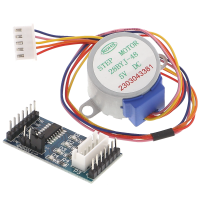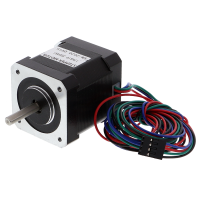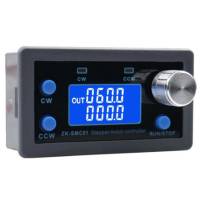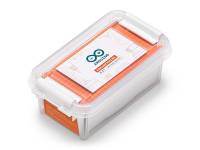Stepper motors for your microelectronics project
The special feature of stepper motors becomes clear when we take a closer look at the designation itself: Stepper motors belong to the group of brushless DC motors and are convincing in the maker area, for example in CNC milling machines or 3D printers, due to a small but particularly important property: the rotation of the motor is technically divided into a given number of so-called steps.
The advantage of this is the absolute precision of stepper motors. Within an electronic control system, these steps can be precisely controlled by the shaft located in the stepper motor.
How do stepper motors work?
In this course we should explain the term "step" in more detail:
A step refers to the distance between two electromagnets within the stepper motor. There are many small electromagnets in a stepper motor - these magnets generate the actual rotation by being switched on and off in sequence.
Let's imagine it with the example of a clock: we assume that there are electromagnets on this clock at the times 3, 6, 9 and 12 o'clock. If we supply our fictitious clock with electricity, the magnetic hour hand is first pulled in the direction of the first electromagnet (here: 12 o'clock). Once there, the magnet switches off and the second electromagnet (3 o'clock) switches on. This causes the hand to move further in a clockwise direction. This path is called a step.











